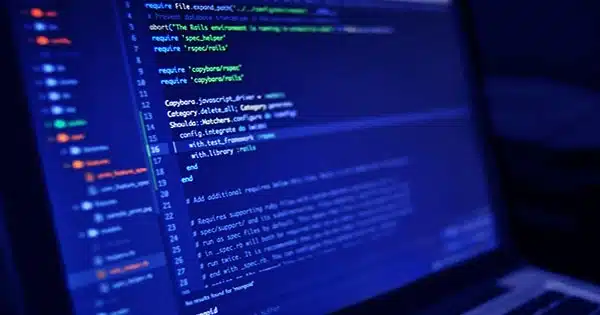OpenAI reached a huge milestone last week when they unveiled GPT-4 Turbo at their OpenAI DevDay. GPT-4 Turbo’s increased context window of 128,000, up from 8,000 in GPT-4, is a noteworthy feature. This upgrade allows for 16 times more text processing than its predecessor, which is comparable to about 300 pages of text.
This advancement is linked to another key development: the possible impact on the SaaS startup landscape.
With its extensive capabilities, OpenAI’s ChatGPT Enterprise provides competition to many SaaS firms. These businesses who have built their businesses around ChatGPT or its APIs now face competition from a tool with enterprise-level capabilities. ChatGPT Enterprise’s products, such as domain verification, SSO, and usage data, directly overlap with several existing B2B services, putting these firms’ viability at risk.
OpenAI CEO Sam Altman disclosed another significant development during his keynote: the extension of GPT-4 Turbo’s knowledge cutoff. Unlike GPT-4, which only had information up to 2021, GPT-4 Turbo has knowledge up until April 2023, indicating a considerable advancement in the AI’s relevance and application.
ChatGPT Enterprise distinguishes itself through features such as better security and privacy, fast access to GPT-4, and expanded context windows for longer inputs. Its superiority over its predecessors is due to its enhanced data analysis capabilities, customization choices, and removal of usage caps. Its capacity to process longer inputs and files, as well as limitless access to powerful data analysis tools such as the previously known Code Interpreter, adds to its allure, particularly among firms that were previously cautious owing to data security concerns.
The era of manually crafted code is giving way to AI-driven systems that are trained rather than developed, indicating a fundamental shift in software development.
The monotonous responsibilities of programming may soon be delegated to AI, minimizing the need for in-depth coding knowledge. Tools that aid in coding, such as GitHub’s CoPilot and Replit’s Ghostwriter, are early evidence of AI’s rising role in programming, implying a future in which AI extends beyond assistance to entirely overseeing the programming process. Consider the usual situation in which a programmer forgets the syntax for reversing a list in a specific language. Instead of searching through internet forums and articles, CoPilot provides rapid help, keeping the programmer focused on the goal.
Making the Switch from Low-Code to AI-Driven Development
Low-code and no-code technologies streamlined the programming process by automating the production of basic coding blocks and freeing developers to concentrate on the creative aspects of their projects. However, as we enter this new AI era, the landscape shifts even more. The ease of use of user interfaces and the ability to generate code by simple requests like “Build me a website to do X” is modernizing the process.
AI has already had a significant impact on programming. Future programmers may regard specific coding as antiquated, similar to how early computer scientists evolved from a focus on electrical engineering to more abstract principles. AI developments are not limited to text/code generation. DALL-E 3 exhibits huge gains in areas such as picture generation diffusion models such as Runway ML. Take a look at Runway’s latest feature in the tweet below.
Beyond programming, AI’s impact on creative sectors is expected to be similarly profound. Jeff Katzenberg, a film industry veteran and former chairman of Walt Disney Studios, has projected that artificial intelligence will dramatically cut the cost of producing animated films. According to a recent Bloomberg piece, Katzenberg anticipates a drastic 90% cost reduction. This can involve activities like in-betweening in traditional animation, rendering scenes, and even assisting with creative processes like character design and storyboarding.














